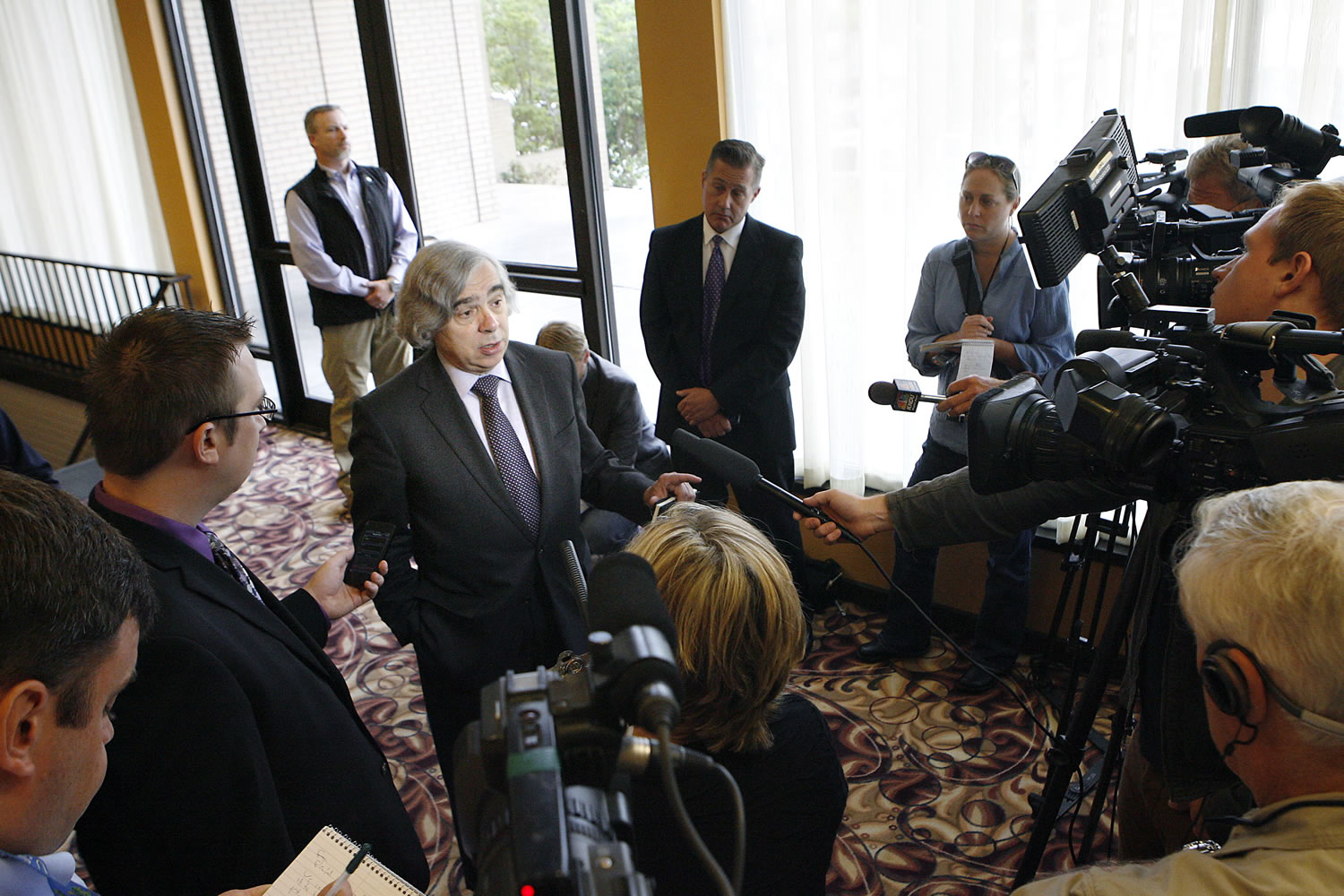An underground tank holding some of the worst radioactive waste at the nation’s most contaminated nuclear site might be leaking into the soil.
The U.S. Energy Department said workers at Washington state’s Hanford Nuclear Reservation detected higher radioactivity levels under tank AY-102 during a routine inspection Thursday.
Spokeswoman Lori Gamache said the department has notified Washington officials and is investigating the leak further. An engineering analysis team will conduct additional sampling and video inspection to determine the source of the contamination, she said.
AY-102 is one of Hanford’s tanks with two walls, which were installed years ago when single-shell tanks began leaking. Some of the worst liquid in those tanks was pumped into the sturdier double-shell tanks.
The tanks are now beyond their intended life span. The Energy Department announced last year that AY-102 was leaking between its two walls, but it said then that no waste had escaped.
At the height of World War II, the federal government created Hanford in the remote sagebrush of eastern Washington as part of a hush-hush project to build the atomic bomb. The site ultimately produced plutonium for the world’s first atomic blast and for one of two atomic bombs dropped on Japan, and it continued production through the Cold War.
Today, it is the nation’s most contaminated nuclear site, with cleanup expected to last decades. The effort — with a price tag of about $2 billion annually — has cost taxpayers $40 billion to date and is estimated will cost $115 billion more.
The most challenging task so far has been the removal highly radioactive waste from aging, underground tanks, some of which are currently leaking, and for the design and construction of a plant to treat that waste.
The Energy Department recently notified Washington and Oregon that it may miss two upcoming deadlines to empty some tanks and to complete a key part of the plant to handle some of the worst waste.



